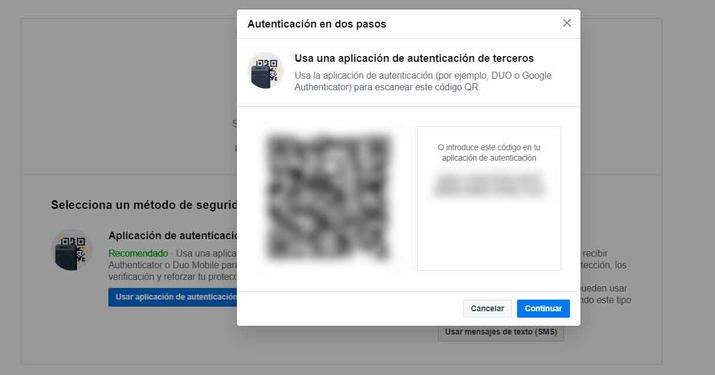

It’s simple enough, just click “Deactivate”, enter your password, and read through the instructions to go through with it. This deactivate option is typically used to give you a break from Facebook, but is also useful if your account is hacked. Head to Settings > Apps and take some time to remove anything that looks suspicious or you no longer use.Īlternatively, you can choose to have your account deleted upon your demise. But these apps are like dust bunnies-they just seem to multiply in great numbers over time. This is what allows you to use Facebook chat in your desktop chat app, or see Facebook posts in Flipboard. Other apps can have access to your Facebook account, too. The next time that device tries to log in, they’ll need a Login Approval code again.Īudit the Apps that Have Permission to Access Your Facebook Account Just Remove any browser or device that you’ve previously approved, then click “Save Changes”. You can revoke access for any Login Approvals-say, if your laptop or phone gets stolen-from “Recognized Devices” in the Security settings. Note: if you log out from a session, you’ll still be able to log in on that machine without entering a Login Approval code. You don’t need to save any changes with this step, once you end activity for a session, it’s done. If you don’t want to go through and review every session on the list, click “End All Activity” to log out from all devices on the list. Head to Settings > Security > Where You’re Logged In, and click “End Activity” for any unfamiliar devices or locations. You can read more about two-factor authentication, and why it’s so important, here. That way, if someone found out your password, they still wouldn’t be able to log in without also having your phone. You can get this code as a text message, or through an authentication app on your phone like Google Authenticator or Authy. After entering your password, Facebook will send a code to your phone that you type in on the site, to confirm that you are who you say you are. The principle behind it is simple: You sign in with something you know (your password), and something you have-which is usually your phone. RELATED: What Is Two-Factor Authentication, and Why Do I Need It? These days, it’s just as important to turn on a security feature known as two-factor authentication-which Facebook calls “Login Approvals”. Use your password generator and password manager to store the password in a safe place, and you’re good to go.īelieve it or not, a strong password is not enough to really secure your account. You can change your Facebook password from the Password section in the Privacy settings. You should find no essential differences between it and the mobile app, though we’ll note them where applicable.) (Throughout this article, we’ll use screenshots from the web browser. That’s why using a password generator and manager like LastPass is, by far, the best way to secure all your accounts. You should use a different password for every single account you have, and ideally, they’d all be random strings of characters.

Most importantly, though, don’t use this password anywhere else on the internet. RELATED: Why You Should Use a Password Manager, and How to Get Started Make sure it is long (12 to 14 characters or longer), a mix of characters, and contains no personal information, since those can be easily can be socially engineered. Let’s start with one of the most important things: choosing a strong password. Your password is the first and often best security mechanism for keeping invaders at bay, so take care here. Thankfully, Facebook has a lot of tools for securing your account. It may go without saying, but firmly securing your Facebook account is going to go a long way towards protecting you from exposing a big chunk of your personal life to unsavory elements. If you’ve been using Facebook for a few years, then you know your account contains a veritable treasure trove of information that thieves would just love to mine.


 0 kommentar(er)
0 kommentar(er)
